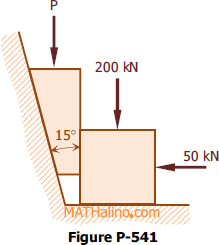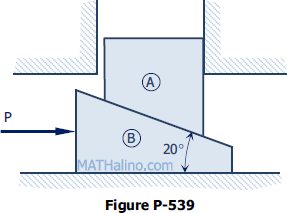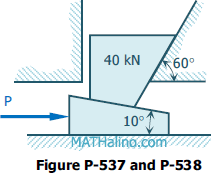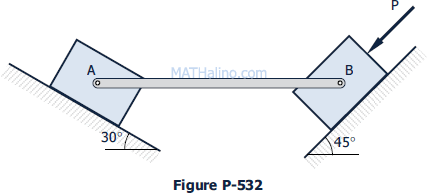Problem 542 | Friction on Wedges
Problem 542
What force P must be applied to the wedges shown in Fig. P-542 to start them under the block? The angle of friction for all contact surfaces is 10°.
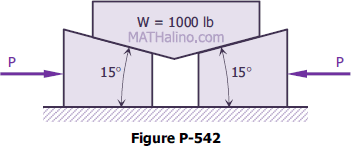
- Read more about Problem 542 | Friction on Wedges
- Log in to post comments

